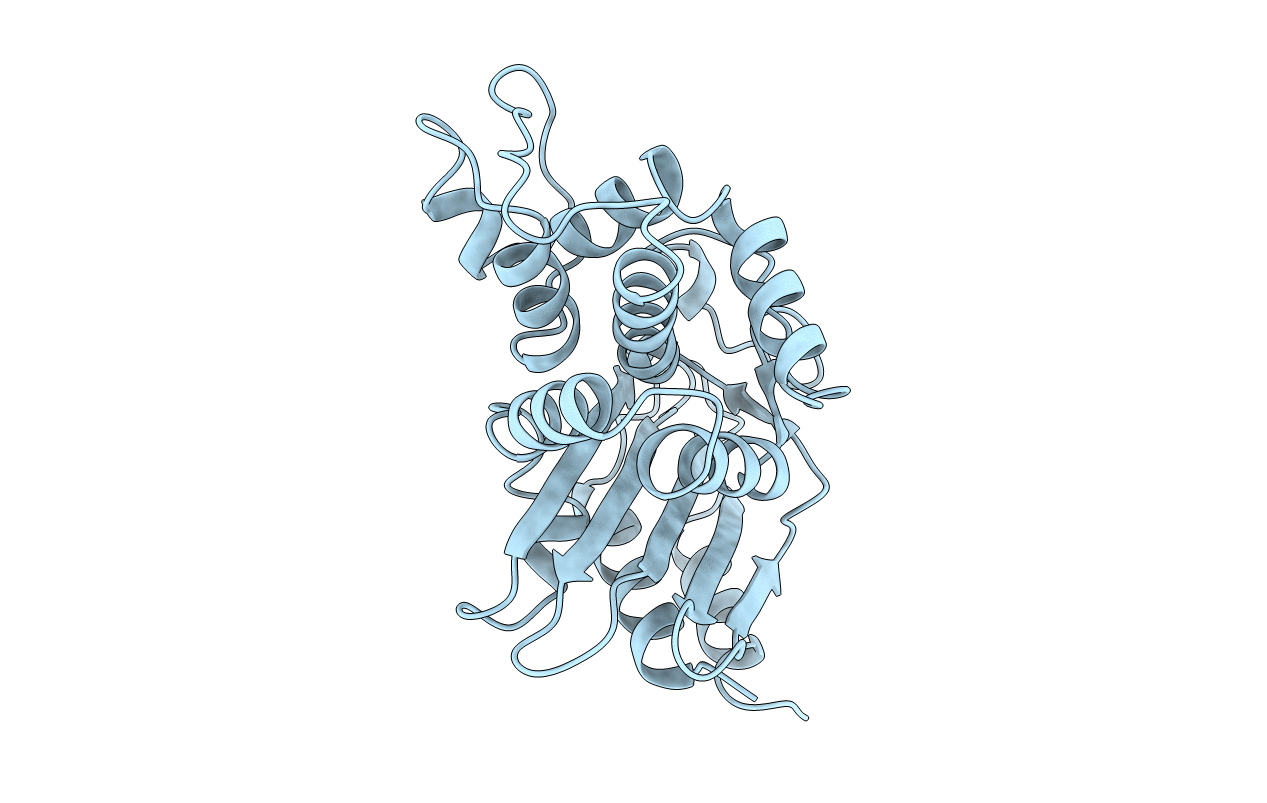
Deposition Date
1998-09-03
Release Date
1999-09-02
Last Version Date
2024-10-30
Entry Detail
Biological Source:
Source Organism:
Enterobacter cloacae (Taxon ID: 550)
Host Organism:
Method Details:
Experimental Method:
Resolution:
1.64 Å
R-Value Free:
0.21
R-Value Work:
0.19
R-Value Observed:
0.19
Space Group:
P 21 21 2


